The Biggest Threat to the War Machine
mar 13 2023By Marcos Chiquetto

The first electronic computer used in practice was the ENIAC (Electronic Numerical Integrator and Computer). Developed during the Second World War at the University of Pennsylvania, it was ready in 1945, just at the end of the conflict.
It was developed to calculate artillery firing tables and ended up being used in many other applications, including the development of nuclear weapons. Up until that time, research projects had used large groups of people to perform colossal calculations by hand. These people were called “computers”, meaning people who perform computations.

The ENIAC was able to perform in 30 seconds calculations that would take a team of humans 20 hours, thus saving an enormous amount of time. The device was called an “electronic computer”, an extension of the term “computers” originally used for humans.
To give you an idea of the size of the machine, it contained approximately 20,000 vacuum tubes and 5 million hand-soldered joints, weighed about 25 tons, the equivalent of 10 fully loaded vans, occupied 150 square meters, the equivalent of five commercial offices these days, and consumed 150 kW of electrical energy, the equivalent of 40 electric showers turned on at the same time.
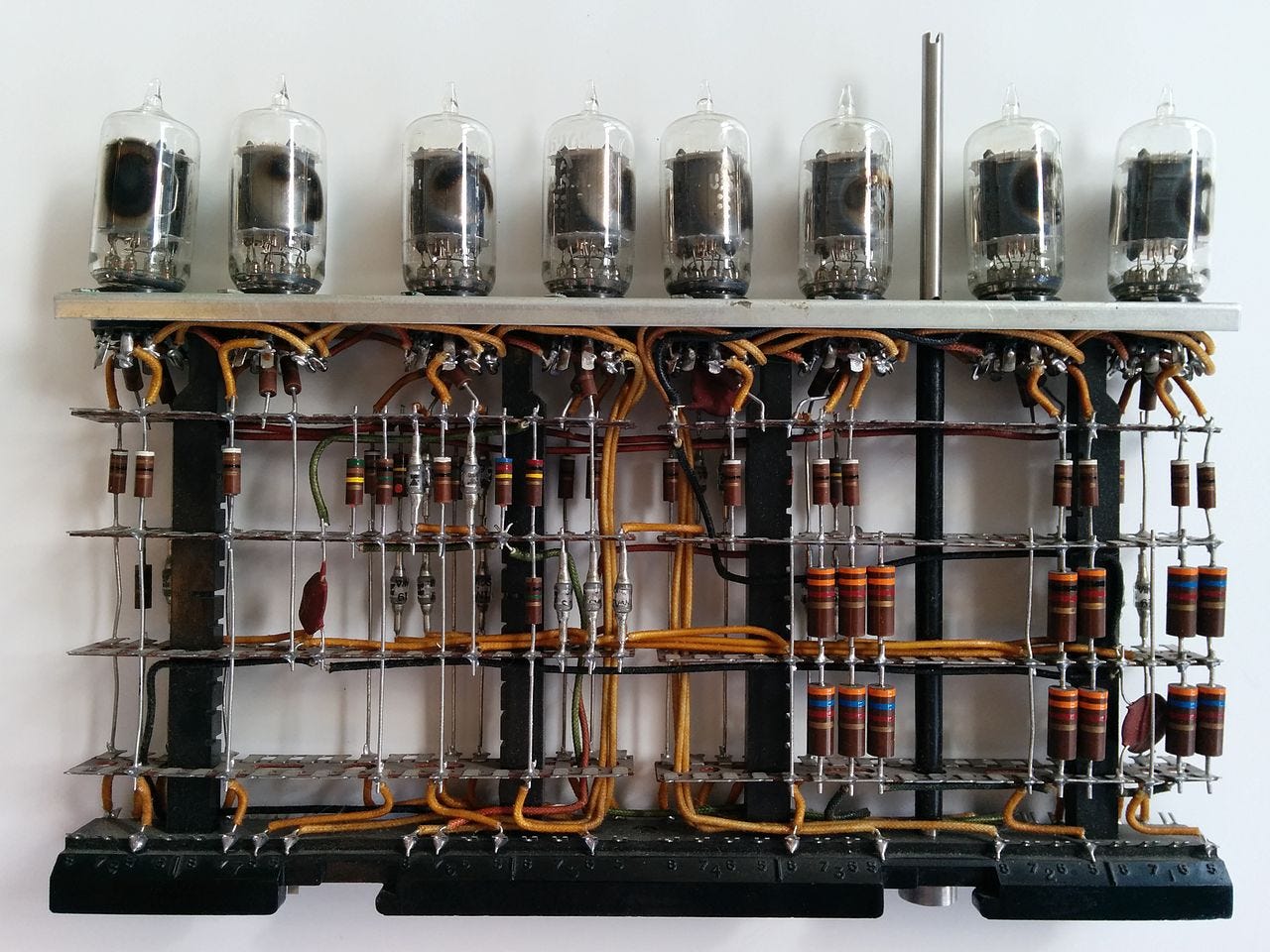
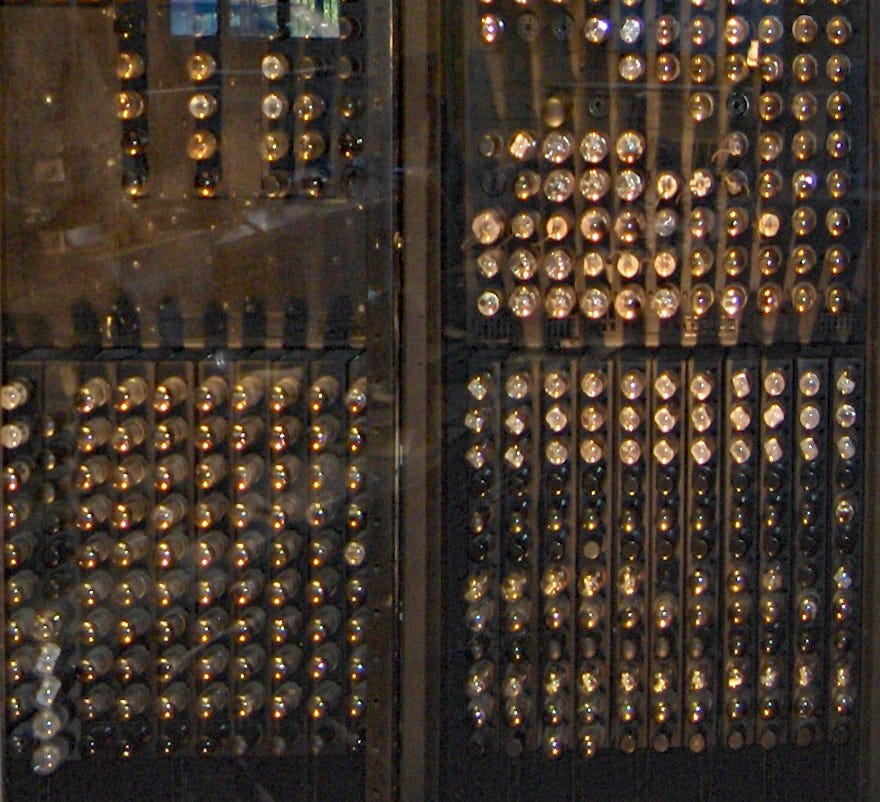
The ENIAC didn’t have a keyboard. Data was entered using perforated cards, and programming was done by connecting wires and adjusting 4000 rotating buttons. Creating a program in the ENIAC usually took several weeks (you could not call it “writing a program” yet because nothing was actually written in the machine).
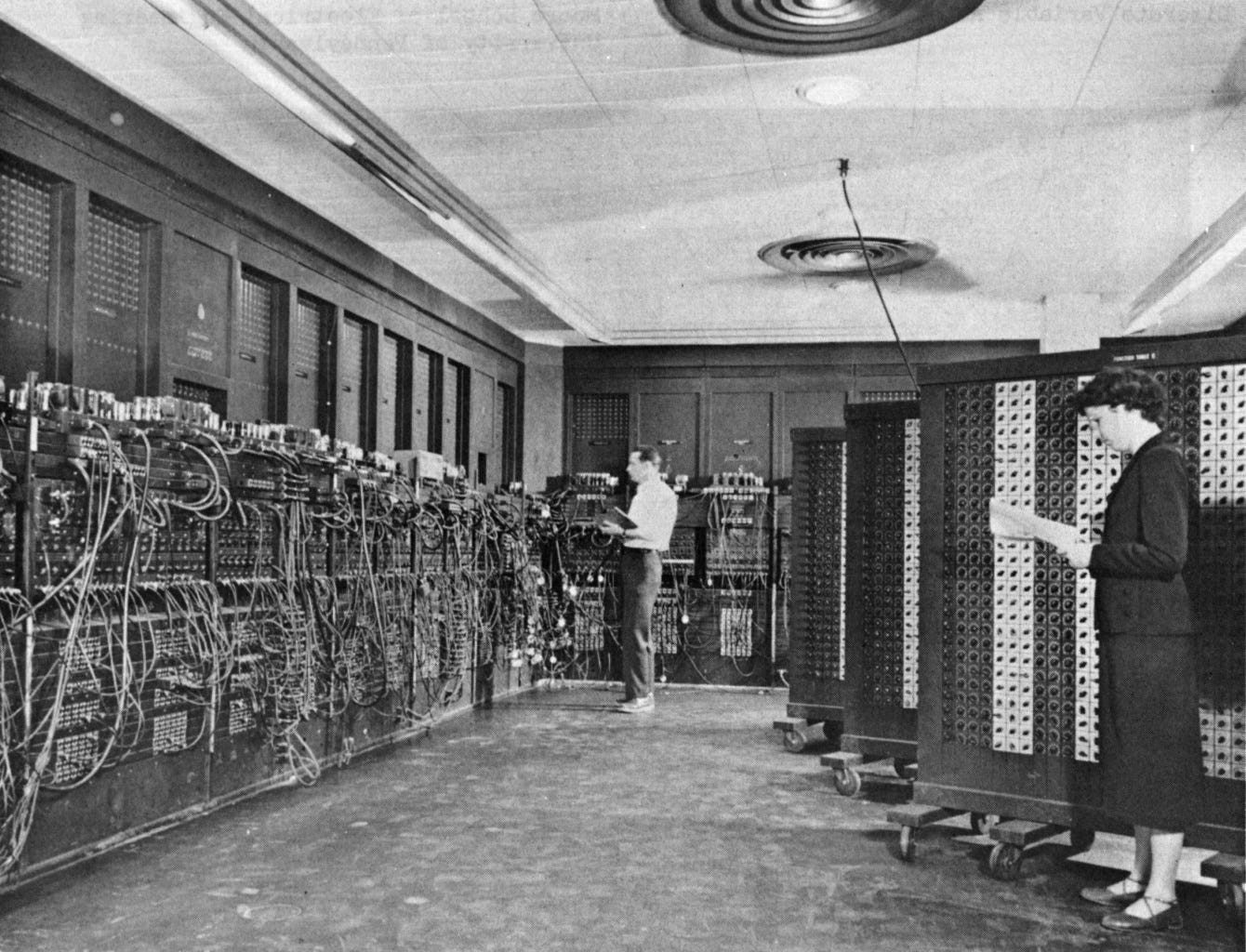
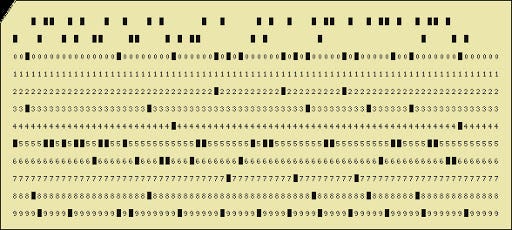
A complex application such as calculations for nuclear weapons could involve the use of a million perforated cards for data input and output, which in turn would require something like five hundred drawers to be housed.
Nonetheless, the ENIAC was just a system for performing calculations. It did not have what we refer to today as computer memory; instead, data was stored externally in the form of perforated cards. In 1956, however, after 11 years of operation, the ENIAC finally received an important, innovative upgrade: a magnetic memory system provided by Burroughs Corporation. The capacity of this memory: 100 words!
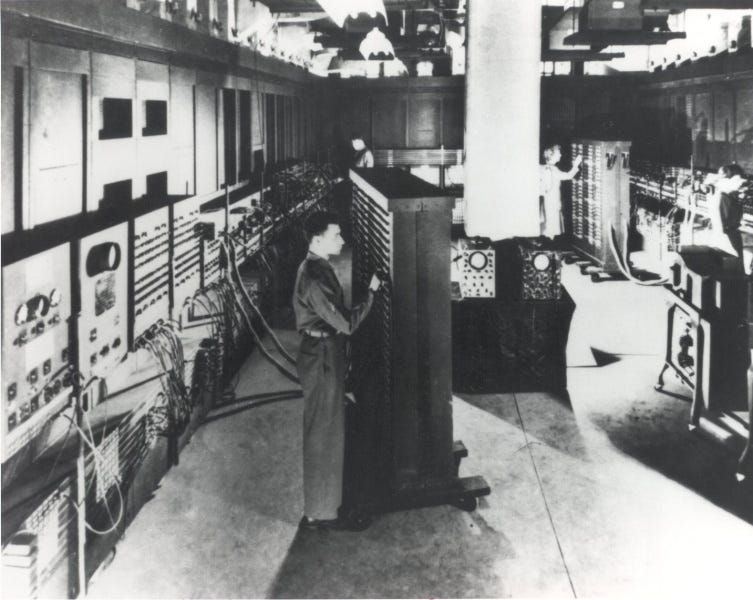
To wrap up, here’s a story: in the first computers, tubes burned out several times a day, interrupting the work until the technicians located and substituted the failed component.
One day, the technicians at the University of Harvard were having a very hard time finding the faulty component in an electronic computer. In the end, they found that a dead moth trapped inside an electronic module was short-circuiting a component.
The term “bug” was already used to refer to problems in technological devices, but that time the problem was indeed a real bug (insect). The technicians were said to have taped the insect to the logbook, reporting it as the “First actual case of bug being found”.
The term “bug” became extremely popular among computer engineers and is used to this day to refer to a hardware or software problem that is difficult to pin down.

Main sources:
https://en.wikipedia.org/wiki/ENIAC

Marcos Chiquetto is an engineer, Physics teacher, translator, and writer. He is the director of LatinLanguages, a Brazilian translation agency specialized in providing multilingual companies with translation into Portuguese and Spanish.




